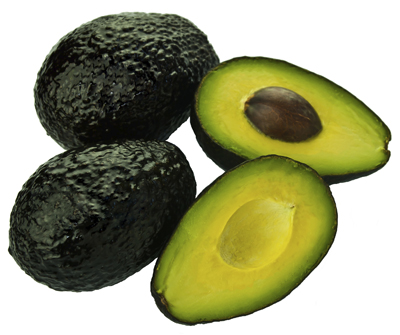Overweight adults who eat about half of a Hass avocado during lunch can feel more full for a longer period of time, reports a new study from Loma Linda University Health.
The study, published in the Nutrition Journal, could be meaningful for people who are trying to better manage their caloric intake, since the addition of half an avocado during specific meals may be a simple dietary intervention for those who consume large amounts of snacks in between meals.
A caveat of the findings is that the avocado contained an additional 112 kcal, which may have accounted for the observed increase in satisfaction and decreased desire to eat.
“Avocados are a very popular and delicious fruit, and from the results of our study, may also be helpful for people who are looking to better manage their weight,” says Dr. Joan Sabaté, professor of nutrition at LLU School of Public Health and principal investigator of the study.
The study examined 26 healthy overweight and moderately obese adults, 25 to 65 years of age, and body mass index (BMI) greater than 25 but less than 35. Participants ate lunches with or without avocados, depending on their placement within the study’s timeframe. The study was funded by the Hass Avocado Board.
The results showed that adding avocado to a lunch meal led to a 23 percent increase in satisfaction and a 28 percent decreased desire to eat over a subsequent five-hour period as compared with the avocado-free control lunch meal. Over a three-hour period, adding avocado to a lunch meal yielded a 26 percent increase in satisfaction and a 40 percent decreased desire to eat. The changes in measurements of appetite sensation tended to taper off after five hours.
Aside from satiety, the study also sought to examine glucose and insulin response, and caloric intake among the subjects. The study recommends further studies on the impact on avocados on glucose and insulin response.
The study, titled: “A randomized 3x3 crossover study to evaluate the effect of Hass avocado intake on post-ingestive satiety, glucose and insulin levels, and subsequent energy intake in overweight adults,” may be read in its entirety by visiting this link: http://www.nutritionj.com/content/12/1/155.

